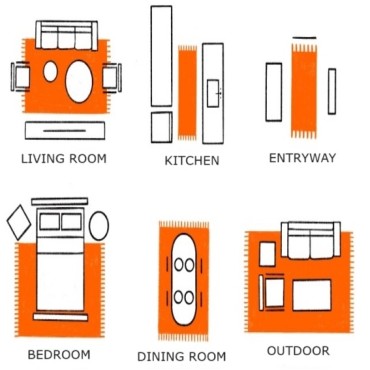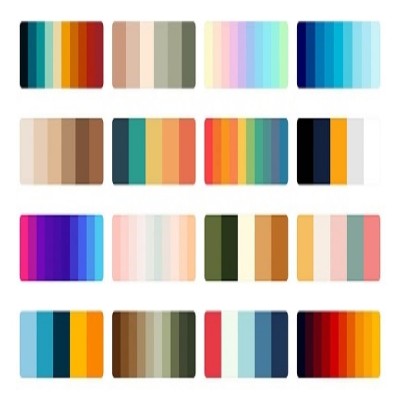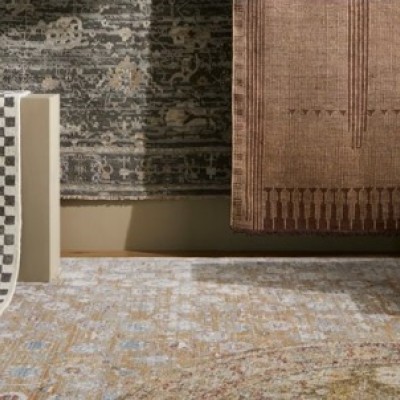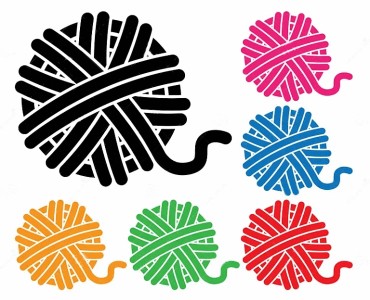
Persian rugs, renowned for their intricate designs and exceptional craftsmanship, have a storied history that spans centuries. These rugs are more than just floor coverings; they are woven works of art that embody the rich cultural heritage of Iran. The journey of Persian rugs through time reveals a fascinating evolution influenced by various dynasties, cultural exchanges, and artistic innovations.
Origins and Early History
The origins of Persian rugs date back to ancient Persia, around 500 B.C. Archaeological evidence, such as the Pazyryk Carpet discovered in Siberia, suggests that rug weaving was a well-established art form even in the early Persian Empire. This early example, believed to be over 2,500 years old, showcases the sophisticated techniques and intricate patterns that would become hallmarks of Persian rug design.
During the Achaemenid Empire (550-330 B.C.), Persian rug weaving flourished as a respected art form. The ruling class and nobility commissioned rugs for their palaces and courts, appreciating their aesthetic and functional qualities. These early rugs often featured geometric patterns and motifs inspired by nature, reflecting the Persian love for the natural world.

The Islamic Golden Age and the Seljuk Influence
The Islamic Golden Age (8th to 13th centuries) brought significant advancements in art, science, and culture to Persia, profoundly impacting rug weaving. The introduction of new dyeing techniques and intricate floral patterns became prevalent during this period. Persian rugs began to incorporate arabesque designs, calligraphy, and intricate medallions, reflecting the artistic and intellectual achievements of the time.
The Seljuk Turks, who ruled Persia from the 11th to 13th centuries, also left an indelible mark on Persian rug design. They introduced the use of symmetrical knots, which allowed for more detailed and durable patterns. The influence of Turkish designs can be seen in the adoption of motifs such as stars and palmettes, which became staples in Persian rug patterns.
The Safavid Dynasty: The Golden Age of Persian Rugs
The Safavid Dynasty (1501-1736) is often regarded as the golden age of Persian rug weaving. Under the patronage of Shah Abbas I, rug weaving reached new heights of artistic and technical excellence. The city of Isfahan became the epicenter of Persian rug production, with workshops employing master weavers who produced some of the most exquisite rugs in history.
Safavid rugs are renowned for their intricate designs, rich colors, and high-quality materials. The introduction of the Persian knot, a single knot technique, allowed for greater precision and complexity in patterns. These rugs often featured elaborate floral motifs, hunting scenes, and intricate borders, reflecting the sophistication and opulence of the Safavid court.
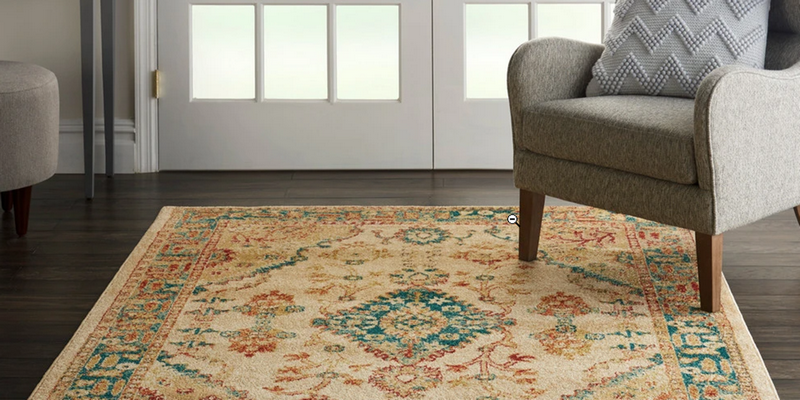
The Qajar Dynasty and Modern Developments
The Qajar Dynasty (1789-1925) saw a revival of traditional Persian rug designs, with an emphasis on historical motifs and patterns. During this period, Persian rugs gained international acclaim, becoming highly sought after in European and American markets. The Qajar rulers recognized the economic potential of rug weaving and promoted its development, leading to the establishment of workshops and trade networks.
In the 20th century, Persian rug weaving faced challenges due to political upheaval and changing tastes. However, the art form persisted, adapting to contemporary trends while preserving traditional techniques. The Iranian Revolution of 1979 and subsequent economic sanctions impacted the industry, but Persian rugs remained symbols of cultural identity and artistic heritage.
The Art and Craft of Persian Rugs Today
Today, Persian rugs continue to be prized for their beauty, craftsmanship, and cultural significance. Modern weavers blend traditional techniques with contemporary designs, creating rugs that appeal to both collectors and everyday consumers. Cities such as Tabriz, Kashan, and Qom remain renowned centers of rug production, each with its own distinct styles and patterns.
The process of creating a Persian rug is labor-intensive and requires skilled artisans. From shearing and dyeing the wool to weaving and finishing the rug, each step involves meticulous attention to detail. Natural dyes, derived from plants and minerals, are used to achieve the vibrant colors that characterize Persian rugs.
Conclusion: Preserving Tradition at Rugs Town
The history of Persian rugs is a testament to the enduring legacy of Persian culture and craftsmanship. From ancient times to the present day, these rugs have evolved, reflecting the artistic, social, and economic changes in Persian society. They remain cherished artifacts, embodying the timeless beauty and intricate artistry that have made them beloved worldwide.
At Rugs Town, we are dedicated to preserving this rich tradition by offering a diverse selection of authentic Persian rugs. Our collection showcases the finest examples of Persian craftsmanship, from intricate Safavid designs to contemporary interpretations that blend tradition with modern aesthetics. Each rug is carefully curated to ensure it meets the highest standards of quality and artistry.
